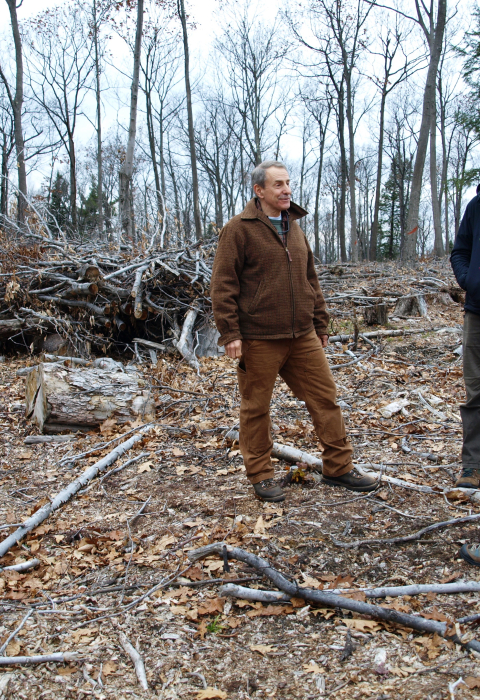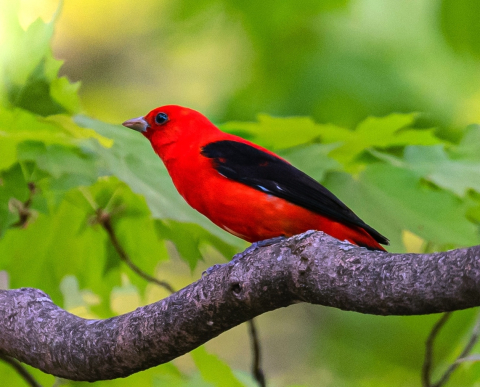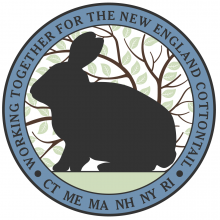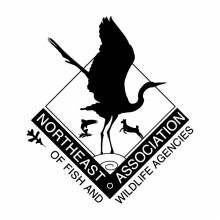Land Trust Project
In 2014, logging on a poor-quality timber stand gave rise to 40 acres of young forest that, as it grows back, provides habitat for snowshoe hares, New England cottontails, ruffed grouse, wild turkeys, and songbirds.
Said Lincoln Fish, the land trust's forester: “In the past, this timber stand had been subjected to high-grading,” a short-sighted type of timber cutting in which the best trees were removed and less-desirable specimens left.
The 2014 timber harvest "has prepared this stand to become a big, healthy, mature forest in the future. And while it grows during its first 15 to 20 years, it's offering excellent young forest habitat. It’s a great way to mesh forestry and wildlife goals.”
New England Cottontails Nearby
The tract lies in an important area for New England cottontail restoration, and biologists have found evidence of the cottontails nearby. During logging, brush piles were built to let cottontails and other animals evade predators and take shelter during storms and cold.
How to Visit
The forest preserve includes 7 miles of hiking and cross-country ski trails, sylvan vistas, and quiet areas where visitors can enjoy nature. The habitat project can be reached from a parking area off Quarry Road; the young forest stand is bisected by the green-marked Vista Trail on the western side of the tract.
Learn more about Becket Historic Quarry and Forest.




